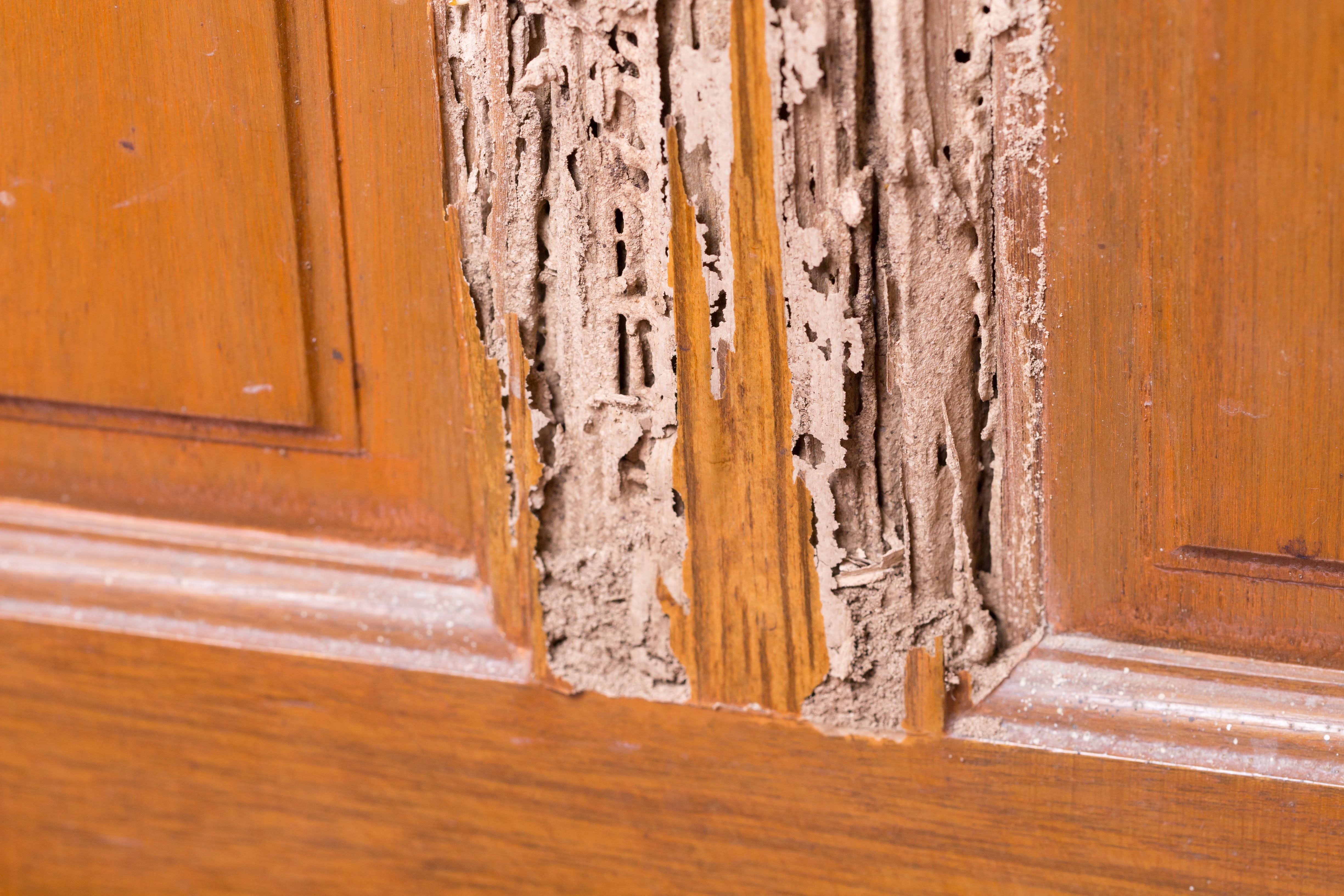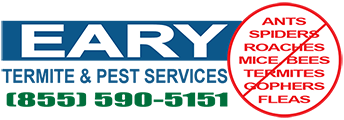
07 Jan Not All Termites Are the Same
If you suspect that you have a termite infestation, you may assume that all termites are the same in the Orange County area. Unfortunately, this is not true. There are several different types of termites. Knowing what type of pests you are facing determines where you will find them and how your pest control company treats them.
Read on to discover some information to help you discern what termites may be trying to move into your home.
Western Subterranean
One of the most common termites in the Orange County area is the Western subterranean termite. These pests cause serious damage by eating various types of wood used in building homes. When you have an infestation of Western subterranean termites, infected wood will have pockets eaten into it. These pockets give the wood the appearance of a honeycomb.
Because they build their nests below ground, their first signs may be the mud tunnels they make to enlarge and repair their nest and feed their soldiers. You may also notice swarmers flying around your home.
Western subterranean termites live in family groups resembling bee colonies’ makeup. These families include a queen, king, reproducers, workers, and soldiers. Each group has very distinct duties that support the colony.
If you look closely, you can distinguish between the different groups. Both the workers and soldiers look like white or light-colored ants. But the soldiers usually have an orange rectangular head with pincher mouthpieces. They use these pinchers to fight off any enemies who attempt to invade the colony.
A mature, healthy colony of Western subterranean termites can cause substantial damage to your home in a short period. It is essential to contact a pest control company as soon as you suspect you may have a problem.
Desert Subterranean
A desert subterranean termite is a tiny species that often exist in areas outside of those frequented by other termites. Desert subterranean termites are unique to southeastern California and southern Arizona.
Their workers appear to be tiny cream-colored ants. Their reproducers are slightly darker but are still a pale, yellowish-brown color. Their soldiers are somewhat larger with rectangular-shaped heads and pincher mouthpieces.
Unlike the Western subterranean termites who prefer more moist conditions, desert subterranean thrive in arid, hot weather. These types of pests will eat living and dead trees, including utility poles, your structural post, support beams, and any other wood in your home.
The signs of infestation are similar to that of the Western subterranean termites. You may begin seeing evidence of damaged wood, mud tubes, or swarmers.
Arid-Land Subterranean
Arid-land subterranean termites are one of the less damaging pests on the termite scale. These pests most often remain underground in a permanent colony. They feed on cellulose-containing products such as dead wood, brush, and animal manure. If those materials are unavailable, these pests will feed on wooden structures.
Pacific Dampwood Termites
Pacific dampwood termites, or rottenwood termites,3 prefer moist wood. Your home’s wood-to-ground construction places you at risk of an infestation of this type of termite.
These termites may also infest poles, pilings, and other structures built in damp areas. Some of your habits, like frequent lawn irrigation, could keep your home’s wood moist enough to be an attractive meal.
Only found in California, Oregon, and Washington, Pacific dampwood termites are among the most common and highly destructive termites. You only become aware of their presence when you see swarmers or their discarded wings.
If you suspect that there are termites in or around your home, call Eary Termite & Pest Services. We will come out, make a complete inspection, and assist you in getting these pests out of your home. Give us a call today.




Sorry, the comment form is closed at this time.